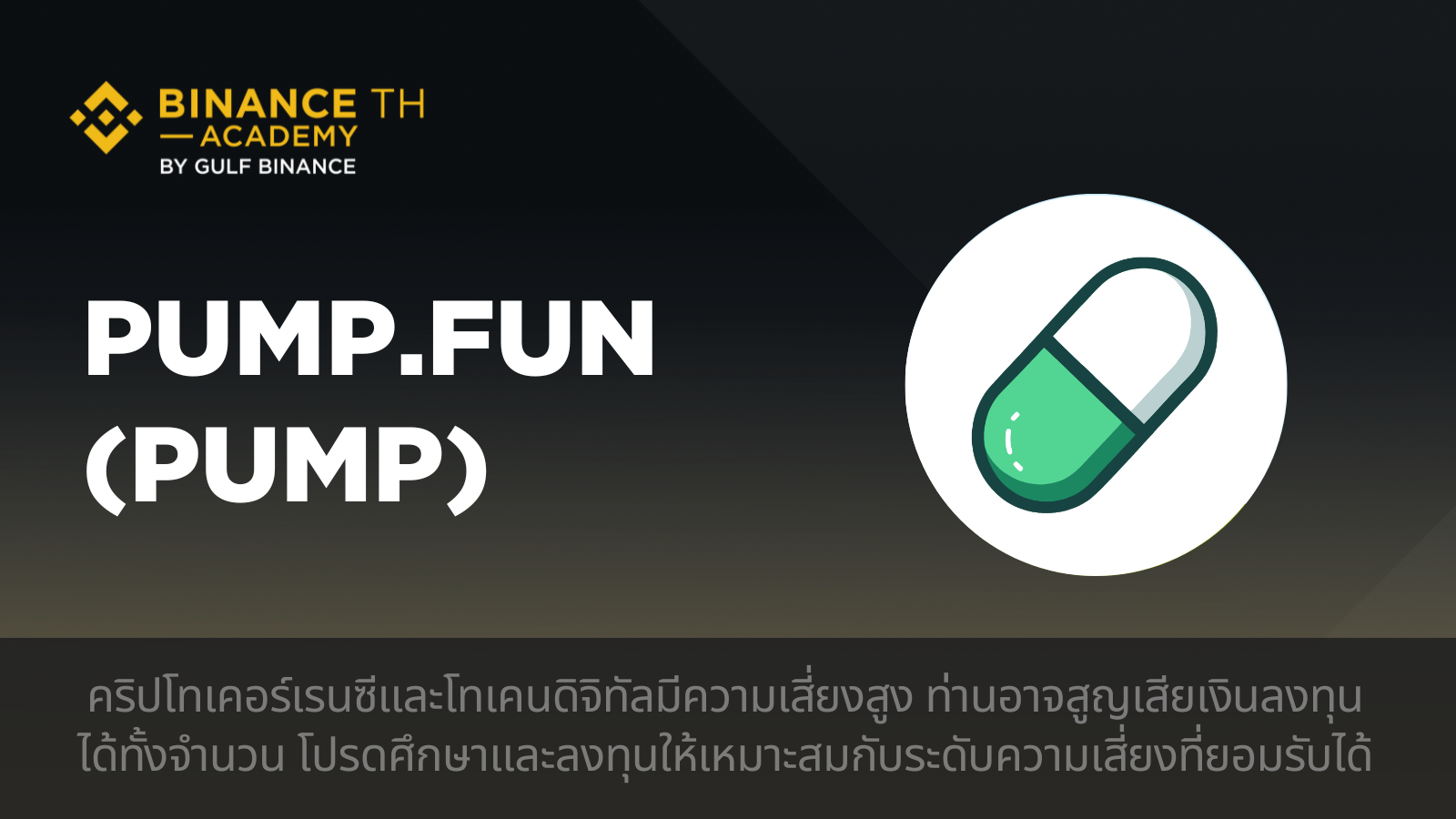What is Pump.fun (PUMP)?

Creating a token usually requires programming skills or hiring a development team familiar with smart contracts, as well as significant capital for initial liquidity. Pump.fun aims to solve this problem.
Pump.fun is a launchpad for digital tokens built on the Solana blockchain, designed to make the token creation process as simple as possible. It allows anyone to create their own token without coding knowledge or a deep understanding of blockchain mechanics.
Users only need a Solana wallet and a short form to specify the token’s name, symbol, and image. In just a few clicks, they can generate their token. This ease of use has led to a surge in memecoin creation, making the platform globally popular.
Core Mechanisms
1. Bonding Curve – Automatic Pricing and Liquidity
Pump.fun uses a bonding curve to determine token price, liquidity, and distribution. When a new token is created, 1 billion tokens are issued:
800 million tokens → placed in the bonding curve for trading
200 million tokens → allocated to the token creator
Within the bonding curve, prices increase non-linearly: the more people buy, the higher the price. Early buyers get lower prices. Everything is controlled by smart contracts, ensuring automation, transparency, and no middlemen.
Key advantages include built-in liquidity, so developers don’t need to create their own liquidity pool, which is often a weak point for new projects. Pump.fun also features a progress bar showing how close a token is to selling out and potentially spiking in price.
2. From Launchpad to DEX
Graduation & Transition
Once all 800 million tokens in the bonding curve are sold, the token enters a stage called “Graduation”, triggered when market capitalization reaches a set threshold. At this point, a liquidity pool is automatically created.
Initially, Pump.fun relied on Raydium (a Solana DEX) for secondary trading. In March 2025, the platform launched PumpSwap, its own DEX, to:
Reduce steps and trading fees
Keep all liquidity and revenue within the Pump ecosystem
The launch of PumpSwap reflects Pump.fun’s goal to expand from a simple launchpad to a full-fledged DeFi ecosystem.
3. Business Model, Fees, and Buybacks
Pump.fun generates revenue through fees and token buybacks:
Swap fees:
0.95% for tokens < $300,000 in value
0.05% for tokens > $20 million in value
With Project Ascend, most of the platform’s revenue is used to buy back and burn PUMP, creating a positive deflationary effect for its native token.
Challenges
One of the most serious challenges faced by Pump.fun is the legal risk stemming from multiple class-action lawsuits.
Some users have experienced rug pulls, which has significantly damaged the platform’s reputation. In addition, the live streaming feature, once used to promote tokens, became highly controversial after some creators promoted their tokens in aggressive and harmful ways, forcing the platform to suspend the feature temporarily, which is now open for use again.
Supporters who value freedom of choice and are willing to take risks tend to believe that the wrongdoing lies with the perpetrators and not the platform itself.
Since this industry is still relatively new, regulations must continue to evolve to keep pace with emerging technologies finding the right balance between protecting freedom and ensuring public safety.
Token Distribution
Initial Coin Offering (ICO): 33%
Community & Ecosystem Initiatives: 24%
Team: 20%
Existing Investors: 13%
Others: 10%
Maximum Supply: 1 million PUMP, Circulating Supply: 354 billion PUMP
Summary
Pump.fun is a platform that allows anyone to easily create and trade memecoins on the Solana network without coding knowledge. Its main mechanism, the bonding curve, automatically sets token prices based on market demand, enabling fair launches.
However, users should exercise caution and manage risks carefully, as memecoin markets are extremely volatile.
